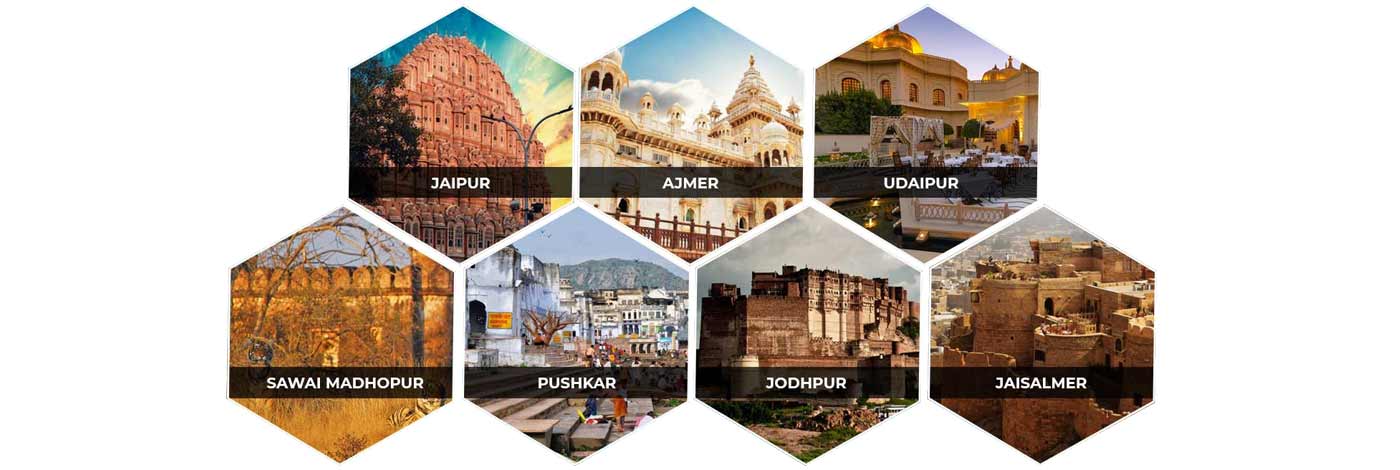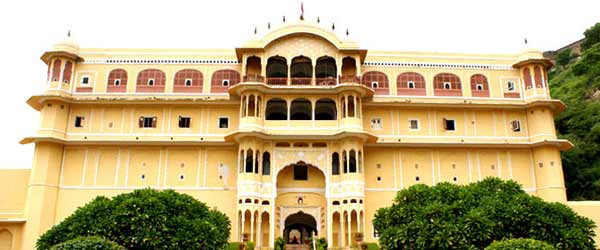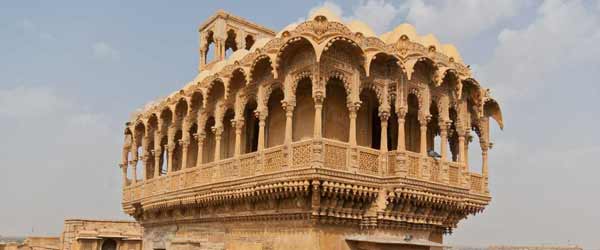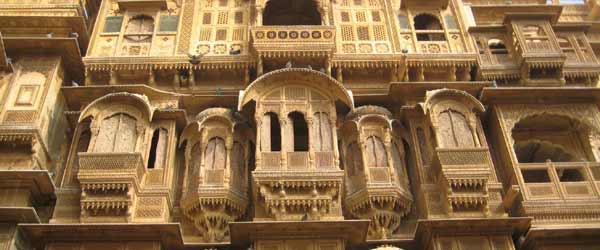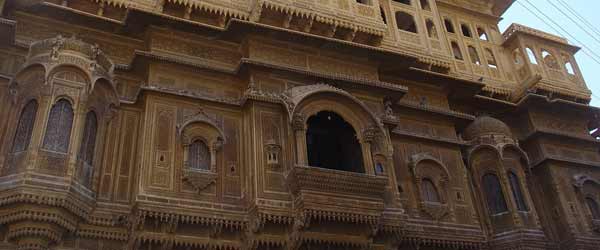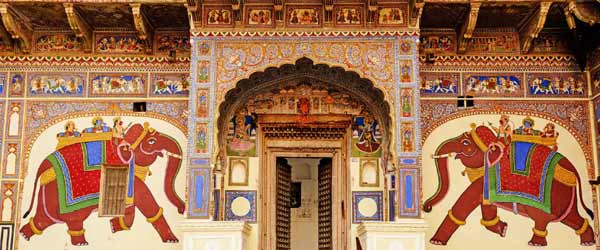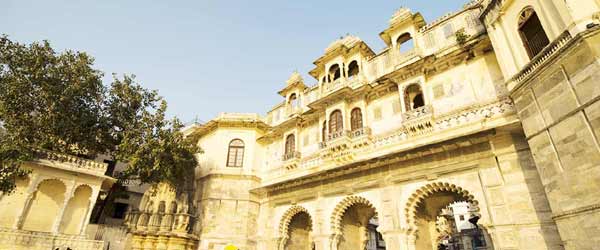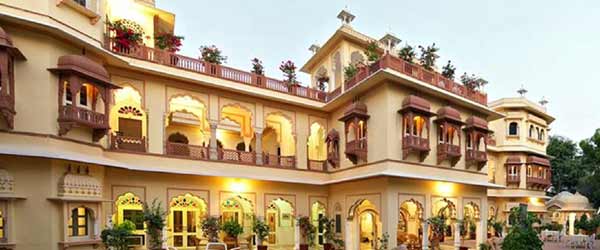
Havelis of Rajasthan
Rajasthan Havelis is named after the Rajputs who were kings as well as brave soldiers. They have created a much spectacular building where they used to stay popularly known as Havelis, which helped as a resident for the royal family.
These monuments are evidence of the remaining example of the state rich architectural heritage. The much-talked Havelis of Rajasthan are Samode haveli, Patwon Ki Haveli, Nathmalji Ki Haveli, Shekhavati Haveli, Mandawa haveli and many others.
History of Havelis in Rajasthan
From 1830s Haveli became an important building in Rajasthani regions of Shekhawati and Marwar. The marwaris used to commission artists to paint the havelis. These were a status symbol for the merchants and traders. These were also the dwelling places of the joint families that offered comfort away from the day-to-day tensions of the world. There would be one large gate at the entrance and the mansion would be closed from the other sides. These were spacious abodes that were richly decorated.
Features of Havelis in Rajasthan
The main features of these havelis were chhajjas (sunshades), jharokhas (balcony windows) and jalis (screen windows). These huge mansions were usually built around a courtyard with darwazas done in beautiful architectural elements. The marwari havelis of the Shekhawati region have murals with remarkable colours. The motifs on the walls are varied from everyday scenes and subjects inspired by the west. An amazing feature of these havelis was the intricately carved wooden doors.
Architecture of Havelis in Rajasthan
The havelis of Shekhawati consist of 2 courtyards - an outer one and an inner one. The outer courtyard is for men. The inner courtyard (aangan) is exclusively for women. A large Haveli with two or three stores can have three to four courtyards. The towns and villages of Shekhawati are renowned for the frescos on the walls. One of the most well known Haveli in this regard is the Patwa havelis of Jaisalmer. The stone carved jharokhas are a major tourist attraction here.
Other places where one can come across grandiose havelis are Churu, Jhunjhunu and Sikar. The havelis were mainly painted in blue, yellow, green, indigo and maroon. With the advent of the 19th century the motifs on the walls underwent a change. New themes of telephones, trains, cars, balloons, British hunters, gramophones, the paintings of the Haveli owners became popular.
Famous Havelis in Rajasthan
From Jaipur to Jaisalmer and from Bikaner to Jodhpur, the colourful Havelis in Rajasthan tell again the magnificence and splendour of the former times. Tourists often plan their tour to Rajasthan to get a sight of these Havelis in Rajasthan. Following are the famous Havelis in Rajasthan:
 +91 9549279999
+91 9549279999 